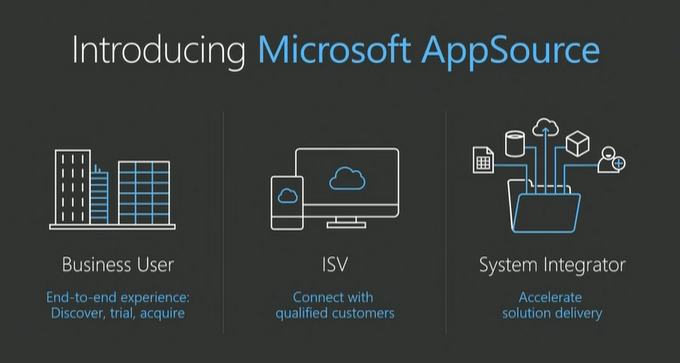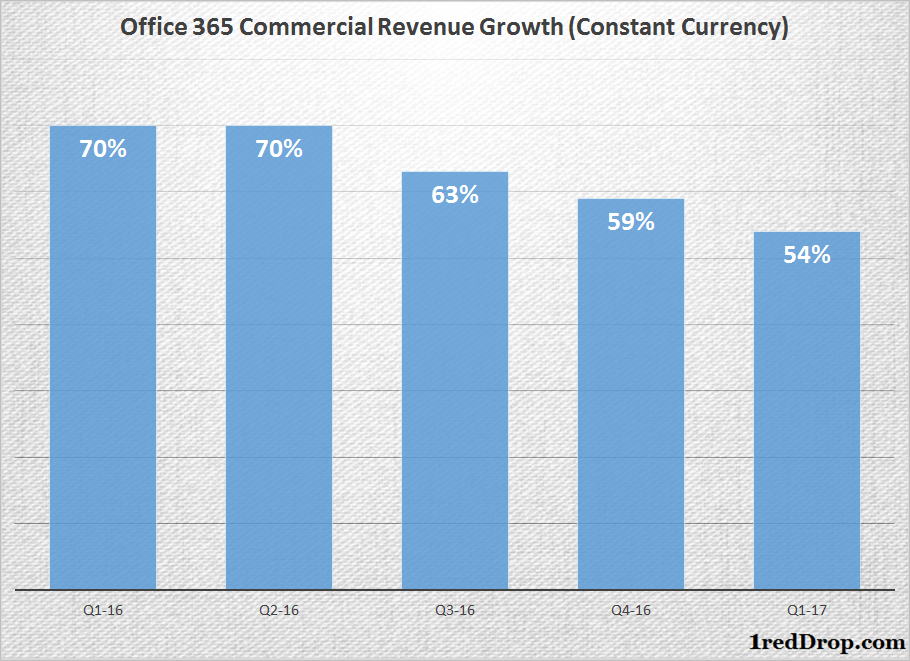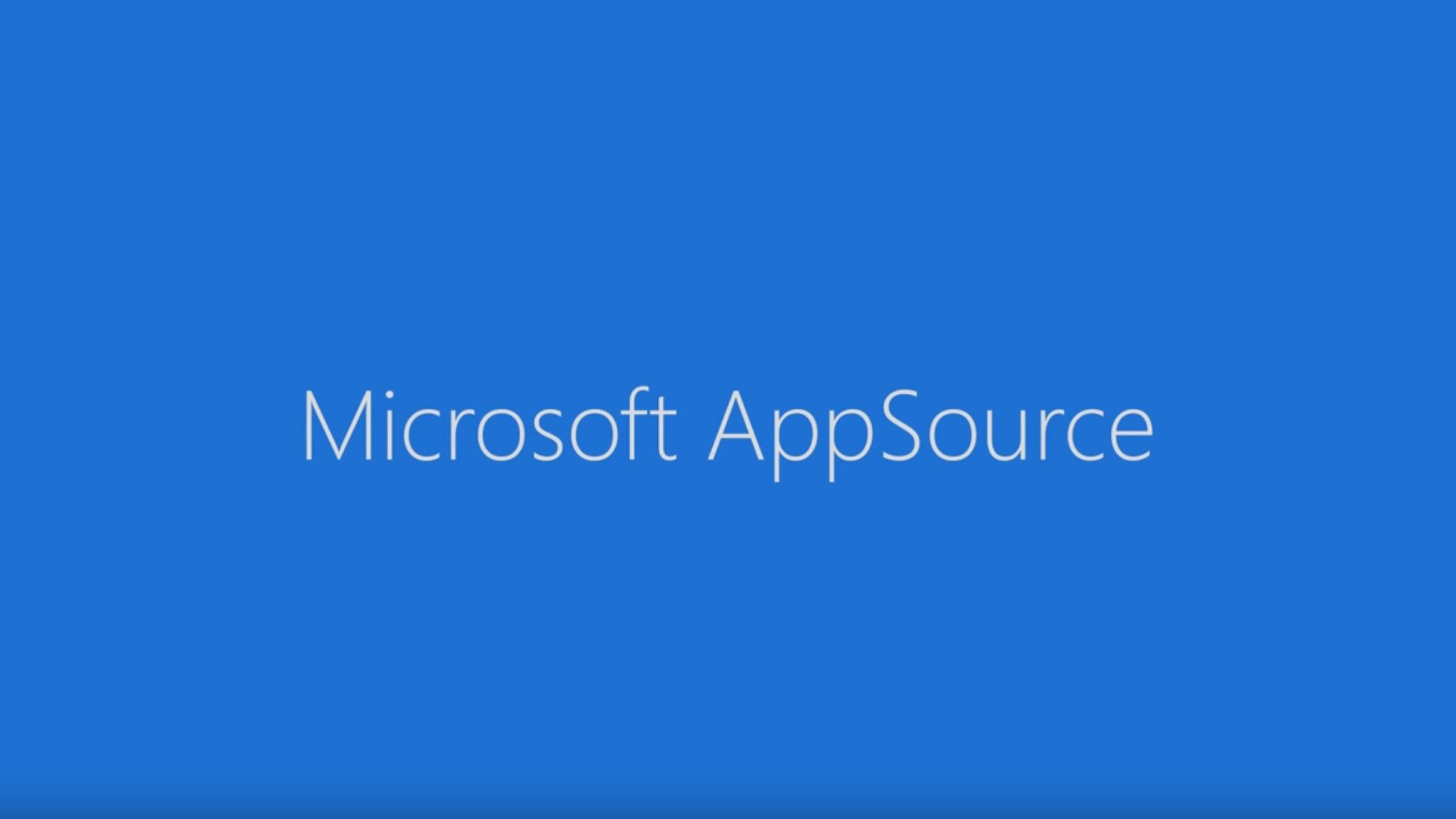There are two big reasons why Microsoft Windows failed in the mobile arena the first time around. They were late to realize that Apple had stepped up the smartphone game by several notches, and they tried to compete with Google’s Android that had the backing of a vast and deep talent pool represented by the open source community.
They realized their mistake and tried to rectify it by buying Nokia and forcing their way into the market, but by that time the smartphone market had already slipped out of hand for nearly all other players due to the dominance of iOS and Android.
Microsoft seems to have learned its lessons well – never stop when the going is good and never, ever try to take the industry leaders head-on.
Along the lines of Google’s Play Store for Android and Apple’s iTunes/App Store for iOS, Microsoft launched AppSource in June 2016. But this isn’t a mobile app store. It’s a SaaS store. And there’s a big, big difference.
Conceptually, it has the same kind of set up – a distribution platform for applications. But this is like no other app store in the world. It caters exclusively to business users and goes beyond the desktop/mobile divide, and it is solely for SaaS applications – essentially, cloud-based applications served over the Internet.

Third party developers can come in and put their SaaS business apps in the store and reach a broad range of enterprise customers, which they wouldn’t otherwise have the resources to do. Users of the app store can purchase app licenses from these third parties exactly the way they’d sign up for a standalone SaaS application.
In addition, Microsoft AppSource also has content packs and add-ins for Microsoft’s own SaaS applications such as Office, Power BI and Dynamics 365.
This mutually beneficial arrangement helps not only third party developers, but Microsoft’s clients as well as Microsoft itself. Developers can reach target audiences where they are, users get a wide selection of business-related apps and Microsoft hosts the entire thing on their cloud.
https://youtu.be/hpq_Y9LuIB8
If you are a developer, Microsoft has really made things transparent and easy to get your applications listed on Microsoft AppSource. There are some conditions that your app needs to fulfill before it gets listed, such as federated single sign on and an SLA of higher than 99.9% uptime and so on.
And here’s the big difference between AppSource and other app stores: Microsoft wants applications that are focused on business users, not consumers, and it’s also mandatory to offer a free trial period.
If your app fulfills the above criteria, then you can submit your app for evaluation by Microsoft, which says that it will respond within two to four business days.
This is an insanely smart move by Microsoft.
Unlike the old Microsoft, which would have tried to do everything on its own, the new and collaborative Microsoft is now asking anyone to come and build applications that can be sold to business users. Microsoft already has a massive set of in-house SaaS applications such as Office 365, Teams, Dynamics and so on, but this move will bring plenty of external talent into the picture, allowing them to build tools on top of Microsoft’s own applications and thereby extending the utility of its own products.
Good news for the customer because Microsoft’s products keeps getting better and better, and it’s great news for developers because they can build applications and sell it to all of Microsoft’s clients. Microsoft’s biggest strength in cloud is its SaaS products led by Office 365, whose commercial revenue has been increasing above 50% level for the past several quarters.

Microsoft’s SaaS products already have a huge pool of user base, which will be attractive to developers. That’s the same type of advantage that iOS and Android have over Microsoft on the mobile front.
Microsoft is now using the very same strategy by creating a force multiplier for its SaaS segment.
Will Microsoft AppSource be a Popular Destination for Business Users?
We don’t know, but we do know that Microsoft has access to over 467 million professionals on LinkedIn, 24 million Office 365 consumer subscribers, a healthy 51% growth in commercial Office 365 revenues and millions more for other SaaS apps like Dynamics CRM, which was recently renamed Microsoft Dynamics 365, as well as a large pool of Power BI users.
If the Redmond giant can successfully market Microsoft AppSource to this massive pool of business users, they can expect some tremendous traction over the next few months. What this will also do is help cement Microsoft’s position at the top of the enterprise-serving tech company pyramid.
Visit the Microsoft AppSource Page
We’ll be looking to report progress on this front as it happens, so do stay tuned.
Thanks for reading our work! We invite you to check out our Essentials of Cloud Computing page, which covers the basics of cloud computing, its components, various deployment models, historical, current and forecast data for the cloud computing industry, and even a glossary of cloud computing terms.
Source: Microsoft



